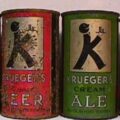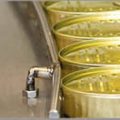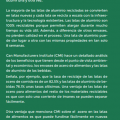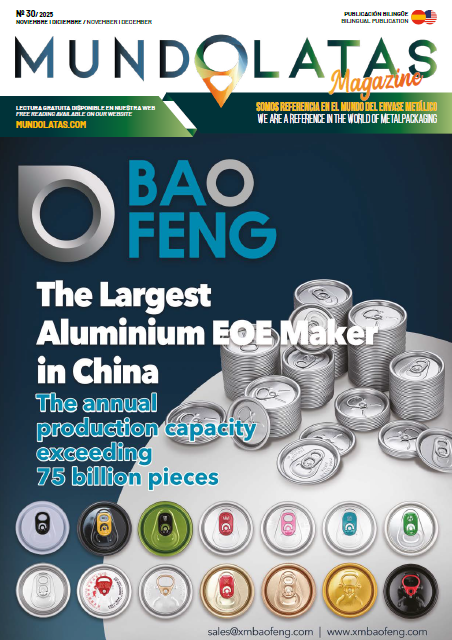A collaborative research project between Swansea University’s Steel and Metals Institute (SaMI) and Tata Steel UK highlights the high performance of steel food cans and the rigorous testing they undergo before reaching consumers.
This is the 1000th joint research project conducted between the two parties. Standard food cans are predominantly produced with a tin-coated steel base and sometimes an additional polymer inner liner. Food cans offer multiple advantages, such as the ability to extend product shelf life, preserve nutritional content, offer durability, require no refrigeration and are easily recyclable.
Tata Steel’s Trostre plant is the leading supplier of packaging steels to many brands in UK households, covering food, household and personal care products. The SaMI facility replicates real-life conditions, subjecting steel products to rigorous testing to ensure they meet the exacting standards required.
How food cans are tested
Dr. Barrie Goode, SaMI’s Director of Industrial Research and Development, explains how food cans are tested:
“We need to test how different types of steel interact with different foods, which may include chemicals such as salt or vinegar. Of course, there must be no deterioration of the food, but the structure of the can must also remain robust and intact.
“Our accelerated testing allows us to advance the effects of time on the can and its contents, so that in a few weeks we simulate the effects of several years.”
James Edy, coatings researcher at Tata Steel, adds more details:
“A typical testing process includes several steps. We fill the cans with food simulant solutions and then hermetically seal the lid. We leave a small amount of space at the top, which creates a vacuum inside the can when we seal it. “Next, the cans are sterilized at more than 100 °C under pressure, using saturated steam, hot water or a combination of steam and air. As the pressure increases, so does the boiling point of the water, allowing the water to be superheated without boiling. This process disinfects the contents and accelerates the evaluation of possible reactions between the can and its contents.
“We then analyze the cans in microscopic detail to detect any degradation and its causes. Our electron microscopes magnify the samples up to 1,000 times to identify areas of concern. We then perform a microanalysis using a technique called energy dispersive spectroscopy, which identifies and quantifies the chemical elements present in a sample.”
Following the testing process, researchers evaluate several factors, such as whether the lacquer film has blistered or peeled off the can; evidence of corrosion even at the microscopic level; visual changes to the can, such as discoloration; or whether the can meets strict quality, safety and reliability standards.
“This information is vital so that our customers can assure their customers that the product is of the highest quality. It also means that the public can be confident that their cans have been strictly tested, proving their quality,” concludes James.














